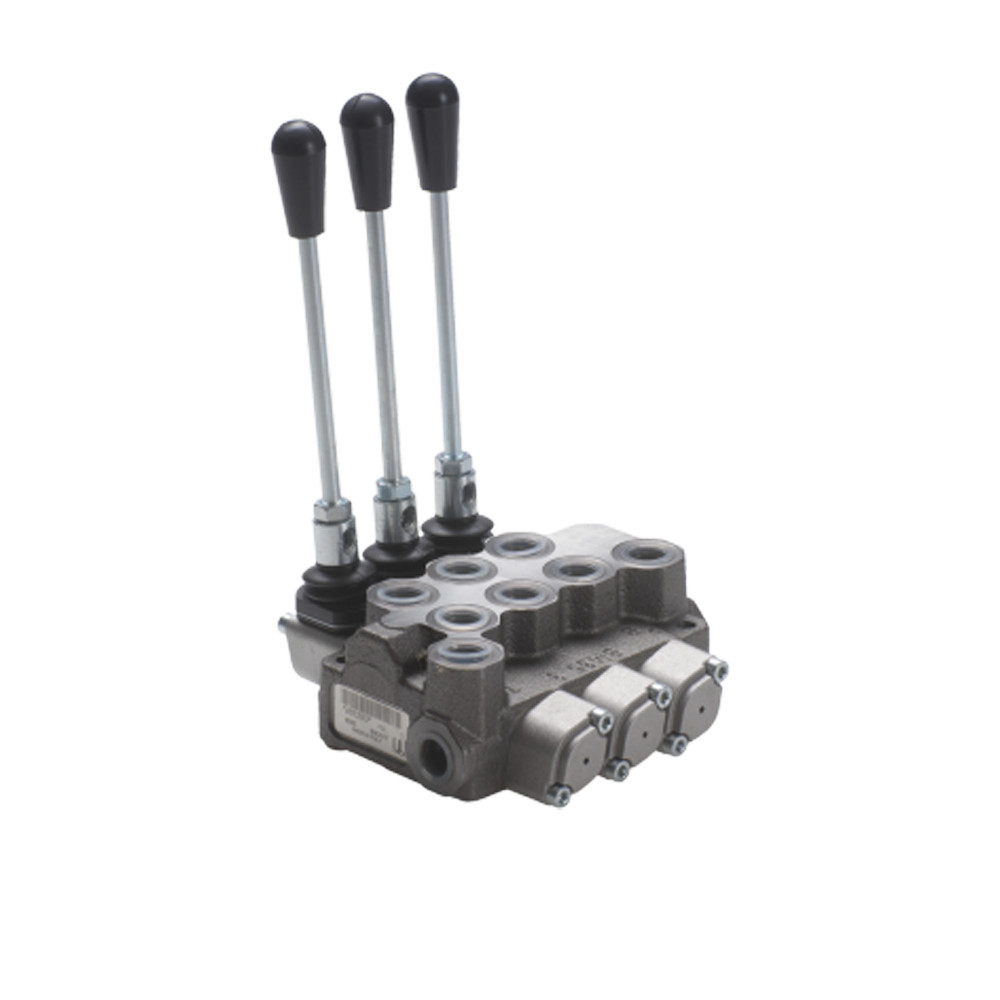The Function and Applications of Directional Control Valves
Directional control valves are responsible for determining the direction of flow and starting or stopping the pressure medium. The operational functions and the number of useful ports of a particular product can often be inferred from its designation.
The simplest directional control valve is the 2/2 valve, which either disconnects the connection between the pressure line and the working point or, in the opposite position, establishes the link between the two units, with two ports. Directional control valves are widely used in both hydraulic and pneumatic systems.
Considerations for Selecting the Right Directional Control Valve
It is essential to assess the specific workload the component will endure and ensure it integrates well with the other elements of the hydraulic system. As complex systems, hydraulic systems require the coordinated operation of many components to function efficiently.
It is also important to consider the type of medium flowing within the system. The nature of the material affects the type of directional valve needed. The operating environment of the equipment is also critical, especially temperature and humidity levels. In extreme temperatures, it’s advisable to provide suitable heating or cooling equipment.
Explore our product range to find the ideal directional valve for any conditions.
Application Areas
The application range for directional control valves is extensive. They are essential in household appliances, mobile hydraulics, agriculture, and industrial production.
The application area primarily determines the system's performance and the operating pressure of the hydraulic system. For pressures around 1000 bar, seat valves are highly suitable, as they can withstand high pressures without the risk of sticking.
For lower pressures, around 300-400 bar, spool valves are much more common due to their low operating losses and ease of use.
Our range includes a 3/2 hydraulic directional valve with a 3/4" diameter, suitable for medium-pressure hydraulic systems up to 315 bar. This valve has three connection points and two positions: open or closed. The three connection points can be one inlet and two outlets, or vice versa. The 3/4 designation in the name indicates the diameter of the ports, which provides high flow capacity.
Quality Above All
Each element in a hydraulic system collectively contributes to its efficient operation. For smooth, seamless operation, high-quality components are required at every point. Even one lower-quality component can weaken the entire process.
Therefore, it’s crucial not to compromise on quality when choosing directional control valves. Doing so could shorten the equipment’s lifespan and reduce efficiency. Always aim to build a hydraulic system with reliable products from reputable manufacturers, ensuring safe operation over the long term. In case of unexpected failure, the manufacturer offers a warranty for the defective part.
If you have questions about our products or would like to request a quote, please feel free to contact us through any of our channels.


